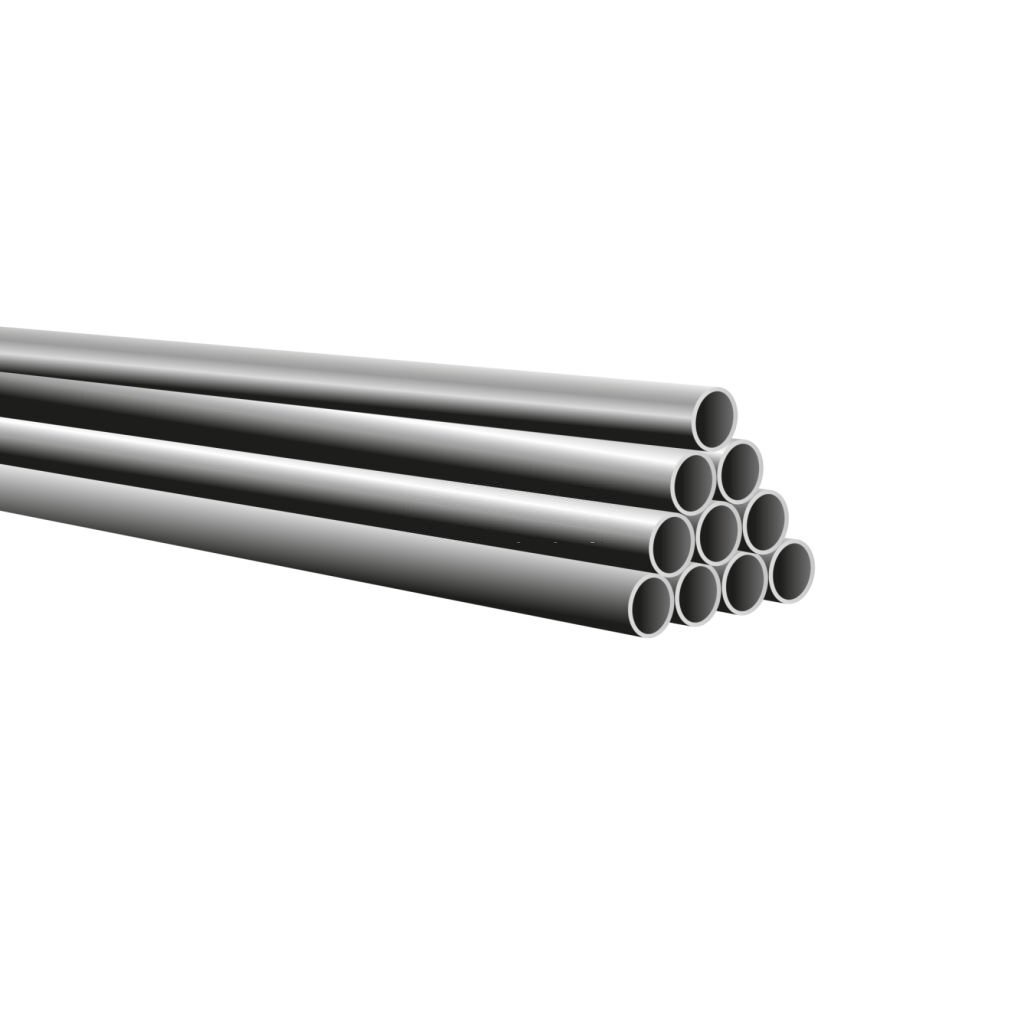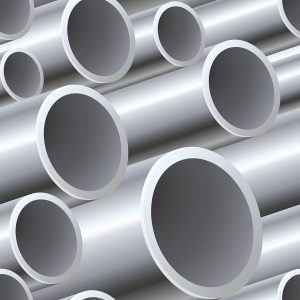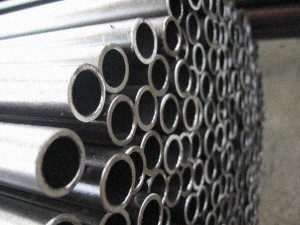Quick Inquiry
In today’s rapidly evolving industrial landscape, mechanical tubes, including seamless tubes and pipes, have emerged as indispensable components, offering versatile solutions across a wide range of sectors. As a leading manufacturer of mechanical tubes, we recognise the immense value these products bring to diverse industries. In this article, we will delve into the transformative applications of the tubes and explore how they are revolutionising different industries.

Automotive Industry
In the automotive industry, mechanical tubes play a crucial role in manufacturing processes and the overall performance of vehicles. Let’s delve into some of their specific applications in this sector:
Exhaust Systems
Mechanical tubes are extensively utilised in the construction of exhaust systems. These tubes, made of corrosion-resistant metals, effectively channel exhaust gases away from the engine. The seamless construction of these tubes ensures minimal turbulence and maximum flow efficiency, contributing to enhanced engine performance and reduced noise levels.
Chassis and Suspension Components
The tubes are vital in the development of chassis and suspension components. They provide structural integrity, rigidity, and support to the vehicle’s frame, ensuring passenger safety and comfort. By incorporating them in components like roll bars, control arms, and torsion bars, automotive manufacturers can enhance the overall handling and stability of the vehicle.
Fuel Delivery Systems
Mechanical tubes are integral to fuel delivery systems in automobiles. These tubes, often manufactured with high precision and dimensional accuracy, facilitate the efficient transportation of fuel from the tank to the engine. Their corrosion resistance properties ensure the safe handling of different types of fuels, contributing to reliable fuel delivery and optimal engine performance.
Oil and Gas Industry
In the oil and gas industry, mechanical tubes are essential for exploration, drilling, production, and transportation operations. Let’s explore their diverse applications in this sector:
Drilling Operations
Mechanical tubes, particularly seamless pipes, play a vital role in drilling operations. They are used as drill strings, collars, and pipes, withstanding high pressures and extreme temperatures deep within the earth’s surface. The strength and durability of these tubes enable efficient drilling processes, ensuring the extraction of oil and gas resources from underground reserves.
Production and Transportation
The tubes are indispensable in the production and transportation of oil and gas. They form the backbone of pipelines that transport these valuable resources from extraction sites to processing facilities and distribution networks. Seamless tubes, known for their smooth interior surface, facilitate the seamless flow of oil and gas, minimising friction losses and maintaining pipeline integrity.
Offshore Platforms and Subsea Pipelines
In offshore drilling operations, mechanical tubes are crucial for constructing platforms and subsea pipelines. These tubes must withstand harsh environmental conditions, including corrosive seawater and strong currents. They fabricate risers, flowlines, and umbilicals, connecting offshore wells to onshore processing facilities. Their corrosion resistance and strength ensure the safe and efficient extraction and transportation of oil and gas from offshore reserves.
Power Generation
In power generation, mechanical tubes play a vital role in various applications. Let’s explore some of these applications:
Boilers and Heat Exchangers
The tubes are extensively used in boilers and heat exchangers, integral components of power plants. These tubes facilitate the transfer of heat from fuel combustion to water or other fluids, generating steam or hot water for electricity generation. Their seamless construction ensures efficient heat transfer and resistance to high temperatures and pressures, contributing to power generation systems’ overall efficiency and reliability.
Steam and Gas Turbines
Mechanical tubes are crucial in steam and gas turbines, which are key components in power plants. These tubes form the intricate piping system network that transports steam or gases to and from the turbines. They provide a pathway for working fluid flow, ensuring optimal turbine performance and energy conversion. The durability and dimensional accuracy of mechanical tubes enables the seamless operation of steam and gas turbines, contributing to electricity generation.
Nuclear Power Generation
The tubes also play a significant role in nuclear power generation. Nuclear reactors use them in heat exchangers, condensers, and steam generators. They are designed to withstand the demanding conditions of nuclear reactors, including high temperatures and corrosive environments. These tubes used in nuclear applications are manufactured with stringent quality standards and undergo rigorous testing to ensure the safe and reliable operation of nuclear power plants.
Construction and Infrastructure
In the construction and infrastructure sector, mechanical tubes find wide-ranging applications including:
Structural Components
The tubes are utilised in the construction of various structural components, such as columns and beams. These tubes provide buildings and structures strength, stability, and load-bearing capacity. Their versatility allows for the creation of complex and innovative architectural designs, ensuring structural integrity and safety.
Bridges, Tunnels, and High-Rise Buildings
Mechanical tubes are crucial in constructing bridges, tunnels, and high-rise buildings. They are used as piling tubes for deep foundations, ensuring the stability and load-bearing capacity of these structures. Additionally, they are employed to fabricate bridge components, such as support structures and railings. In high-rise buildings, these tubes serve as key elements in constructing the building’s frame, offering strength and stability.
Plumbing and HVAC Systems
The tubes play a crucial role in plumbing and HVAC (Heating, Ventilation, and Air Conditioning) systems. They are used for water supply and drainage systems, ensuring the efficient and reliable distribution of water throughout buildings. In HVAC systems, these tubes form the ductwork, carrying heated or cooled air to different parts of a building. They are designed to withstand the pressure and temperature requirements of plumbing and HVAC systems, contributing to the overall functionality and comfort of buildings.
Aerospace and Defense
Mechanical tubes play a significant role in the aerospace and defence industries, where precision, reliability, and performance are of utmost importance. Let’s explore some of the key applications in these sectors:
Aircraft Structures and Components
Mechanical tubes are extensively used in the construction of aircraft structures and components. They are employed in manufacturing fuselage frames, wing spars, and landing gear systems. These tubes offer high strength-to-weight ratios, ensuring the structural integrity and durability of the aircraft. Additionally, the seamless construction of these tubes minimises the risk of fatigue failure, making them ideal for demanding aerospace applications.
Rocket Engines and Propulsion Systems
The tubes are critical in the development of rocket engines and propulsion systems. They are used to fabricate rocket motor casings, fuel lines, and cooling systems. The exceptional strength and resistance to high temperatures of these tubes enable them to withstand the extreme conditions of rocket propulsion. The seamless design ensures efficient fuel flow and minimises the risk of leaks or failures during space exploration missions.
Defence Equipment and Military Vehicles
Mechanical tubes find extensive use in defence equipment and military vehicles. They are employed in the manufacturing of artillery barrels, gun mounts, and armoured vehicle structures. These tubes offer excellent ballistic resistance, ensuring the protection of military personnel and equipment. Additionally, these tubes are used in hydraulic and pneumatic systems of military vehicles, contributing to their functionality and reliability in various operational environments.
Manufacturing and Machinery
Mechanical tubes have diverse applications in the manufacturing and machinery sectors, which include:
Manufacturing Processes
The tubes play a crucial role in various manufacturing processes across industries. They are used as mandrels for shaping and forming components with intricate geometries. The seamless design of these tubes ensures smooth and precise manufacturing operations. Additionally, mechanical tubes are used in metal fabrication processes, such as bending, rolling, and welding, to create custom-made components for different applications.
Machinery Components
The tubes are employed in the manufacturing of machinery components, such as shafts and cylinders. These tubes offer high torsional strength and dimensional accuracy, making them suitable for transmitting power and motion in machinery systems. Whether in industrial equipment, construction machinery, or agricultural machinery, mechanical tubes contribute to the efficient operation and longevity of these systems.
Material Handling and Conveying Systems
The tubes are vital in material handling and conveying systems used in manufacturing facilities. They are utilised in the construction of conveyor belts, rollers, and material handling equipment. The seamless tubes in these systems ensure smooth and efficient movement of materials, contributing to streamlined manufacturing processes and improved productivity.
Get Supreme Quality Mechanical Tubes at Competitive Prices!
When it comes to mechanical tubes, quality and reliability are paramount. That’s why we are proud to offer you supreme quality mechanical tubes that meet the highest industry standards. Our seamless tubes and pipes are meticulously manufactured using advanced techniques and premium materials, ensuring exceptional strength, durability, and performance.
But that’s not all. We understand that cost-effectiveness is equally important to your business. That’s why we offer competitive prices without compromising on the quality of our products. With us, you can get the best of both worlds – top-notch mechanical tubes at prices that won’t break the bank.
Experience the difference with our products that deliver outstanding performance and longevity. Contact us today at +91-9099996851 or +91-9099996853 to discuss your requirements and get a free quote. Alternatively, you can send us an inquiry at inquiry@anandseamless.com. Our dedicated team is ready to assist you and provide solutions that meet your specifications.
Upgrade your operations with our supreme quality mechanical tubes at competitive prices now!
lATEST BLOG |
|
How to Choose Right Grade Carbon Steel Seamless Tubes
Carbon steel seamless tubes are essential componen |
|
Basics of Aluminum Finned Tubes
In the world of heat exchange technology, aluminiu |
|
How to Enhance Mechanical Tubes for Various Applications
Mechanical tubes form the backbone of various indu |
|
Why Are U-Tube Heat Exchangers Undeniably Vital: A Complete Guide
In the landscape of industrial heat exchange syste |
|
Introductory Guide to Economizer Tubes
In the dynamic landscape of industrial operations, |




